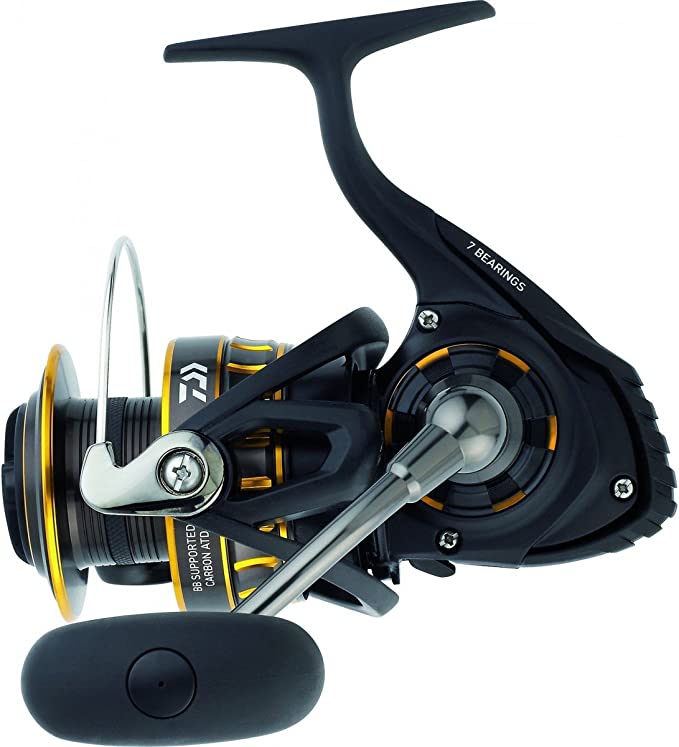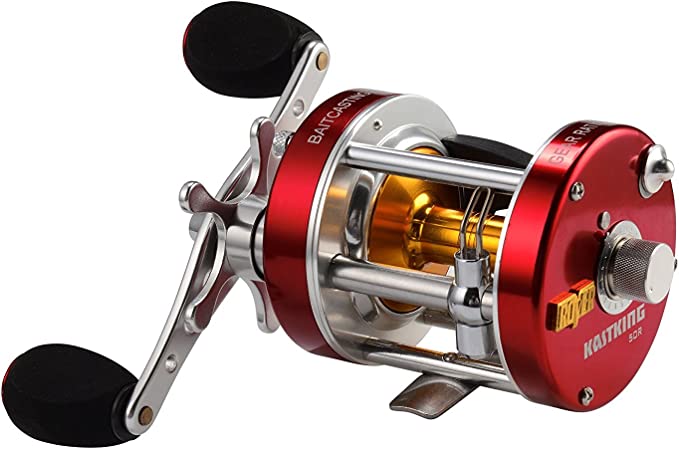The Solid-State Shift: Electro-Optic Engineering in Modern LEP Illumination
Update on Nov. 19, 2025, 10:36 a.m.
In the evolution of portable illumination, the quest for “throw”—the ability to project light over vast distances—has often come at the expense of versatility. Traditionally, achieving a variable beam angle required mechanics: physically moving a convex lens forward and backward to alter the focal point. While effective, this mechanical action introduced significant points of failure, notably the “suction effect” that compromised waterproofing and structural integrity.
The next frontier in lighting technology is not just about brighter emitters, but about smarter optics. The integration of Laser Excited Phosphor (LEP) technology with Liquid Crystal Diffractive Electro-optic Lenses (LC DEL) marks a transition from mechanical optics to solid-state photonics. By examining devices like the Acebeam W35, we can understand how applying voltage to microscopic crystals is rendering moving parts obsolete.

The Source: Physics of Laser Excited Phosphor (LEP)
To appreciate the optical system, one must first understand the source. Unlike Light Emitting Diodes (LEDs), which emit light from a relatively large surface area leading to natural beam divergence, LEP systems operate on a different principle aimed at maximizing luminance density.
Collimation Dynamics
In an LEP system, a blue laser diode fires a focused beam onto a layer of yellow phosphor. The phosphor absorbs the laser energy and fluoresces, emitting a broad-spectrum white light. Crucially, this light originates from an incredibly small point source. * The Engineering Advantage: Because the light source is microscopic, it can be collimated (made parallel) with extreme precision using simple optics. This is why an LEP module can project a beam 2,600 meters—over 1.5 miles—while utilizing a fraction of the lumens required by an LED to reach half that distance. The result is a beam of pure intensity, ideal for cutting through atmospheric interference like fog or smoke.
The Optic: Liquid Crystal Diffractive Electro-Optic Lenses (LC DEL)
The true engineering breakthrough, however, lies in how this beam is manipulated. The W35 employs an LC DEL system, which effectively functions as a programmable lens.
Harnessing Birefringence
At the core of this technology are nematic liquid crystals—materials that exist in a state between liquid and solid. These crystals exhibit a property called birefringence (double refraction), meaning their refractive index changes depending on the orientation of the molecules relative to the light passing through them.
The Diffraction Grating Principle
The lens in the W35 is structured as a microscopic diffraction grating sandwiched between transparent electrodes.
1. Voltage Off: The liquid crystal molecules align in a resting state. The refractive index is uniform, and the light passes through with minimal deviation, maintaining the tight, laser-like spotlight characteristic of LEP (max throw).
2. Voltage On: When an electric field is applied, the molecules reorient. This changes the effective refractive index across the grating pattern. The lens now acts to diffract the light, spreading the beam out.
By varying the voltage, the “shape” of the light beam is altered electronically. This happens without a single piece of glass moving physically. It is analogous to how a digital camera sensor captures an image, but in reverse—projecting light with tunable parameters.

Engineering Value: The Death of Mechanical Failure
Why go to such lengths to replace a simple sliding lens? The answer lies in reliability and environmental sealing.
The IP68 Imperative
Traditional “zoomie” flashlights rely on a sliding head. As the head moves out to focus the beam, it increases the internal volume of the flashlight, sucking in air (and potentially moisture or dust) through the seals. Conversely, pushing the head back creates internal pressure. This “pumping” action makes it notoriously difficult to achieve a reliable IP68 waterproof rating (submersible beyond 1 meter).
Solid-State Resilience
Because the LC DEL system changes focus by altering molecular alignment rather than physical position, the Acebeam W35 remains a sealed, static unit.
* No Pumping: There is no change in internal air pressure during zooming.
* No Wear: There are no mechanical tracks or O-rings wearing down from friction.
* Speed: The transition from spot to flood is electronic and nearly instantaneous, controlled by a tactile switch rather than a twist or slide.
Practical Applications of Electro-Optic Illumination
This technology is not merely a novelty; it addresses specific field requirements where reliability is non-negotiable.
- Search and Rescue (SAR): Operators can instantly switch from a wide scan pattern (to locate a subject) to a high-intensity spotlight (to signal or identify) without changing grip or risking water ingress in heavy rain.
- Tactical & Inspection: The ability to create a “wall of light” for situational awareness and then immediately punch out to extreme distances allows a single tool to perform the role of two distinct lights.
- Signaling: The precision of the LEP beam makes it highly effective for long-range signaling, acting almost as a visual beacon.

Conclusion: The Future is Electronic
The Acebeam W35 serves as a case study for the future of photonics. It demonstrates that the limitations of mechanical optics can be overcome through materials science. As Liquid Crystal Diffractive lenses become more refined, we can expect this “solid-state” philosophy to permeate other areas of optics, from automotive headlights to medical imaging. For the enthusiast and the professional alike, it offers a glimpse into a world where light is not just projected, but digitally sculpted.



























